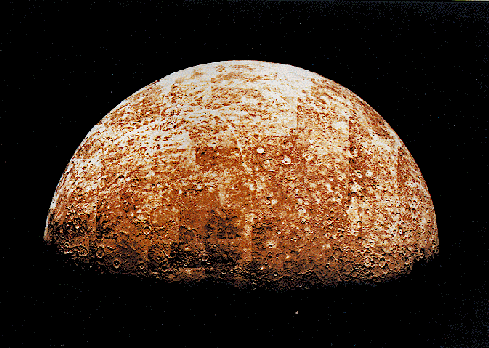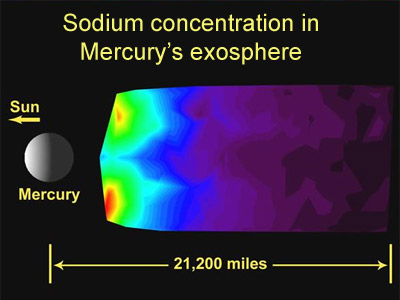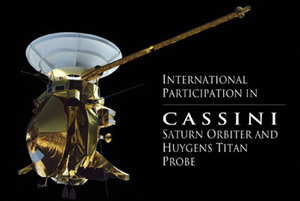Click on image for full size
Courtesy of NASA
Related links:
MESSENGER
The MErcury Surface Space ENvironment, GEochemistry Ranging mission (MESSENGER) was chosen as the next mission to Mercury. The Mariner 10 spacecraft last visited Mercury in 1975. Since then, scientists have been interested in Mercury's atmosphere, surface and core. The MESSENGER spacecraft is scheduled to launch in 2004 and will begin its orbit around the tiny planet in 2009.
MESSENGER will study a number of things during its journey. Scientists are hoping to learn more about the planet's thin atmosphere, the origin of its high density, the composition and structure of its crust and the mystery behind the polar caps.
MESSENGER is part of the Discovery Program, an alternative to the high cost missions once used by NASA. The mission is estimated to cost $286 million and is led by John Hopkins University.










